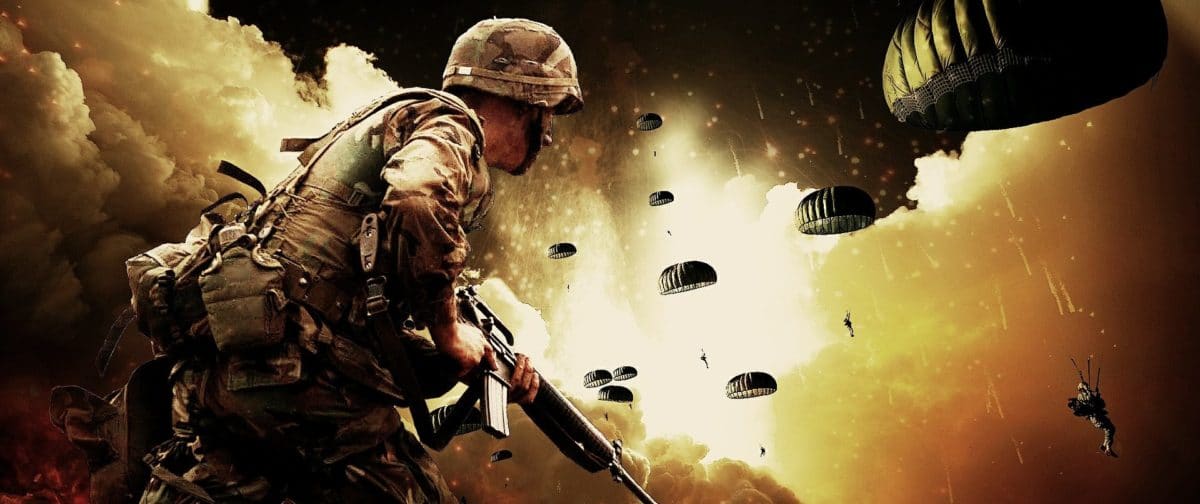The following is the transcript from this week’s Better UTAH Beat that aired on January 8, 2013.
——
The smell of warm candied almonds wafted through the north wing of the South Towne Expo Center this weekend as families wandered from exhibit to exhibit. But these families weren’t at the Festival Trees, they were at the Rocky Mountain gun show. And come they did. By the thousands.
When I arrived at 9:30 Saturday morning our communications director, Isaac Holyoak, was already holding a place for us in a line that wrapped from the North entrance of the exposition center nearly all the way down the hall to where the Home Show was being concurrently held at the South end. People at the gun show aren’t bad people, there were hunters and antique collectors and the curious, as well as people generally concerned for their personal safety. And there were LOTS of people there with their children. But there were also vendors selling grenade launchers, long range sniper rifles, and Nazi memorabilia. Not to mention person-to-person firearm sales where background checks are not required by law.
To this gun owner–I own a 9mm Ruger–the scene made the historic Wild West look tame.
But the show is a good reminder that the problem of gun violence in this country is connected to a culture that valorizes weapons. Gun violence doesn’t only rear its ugly head when something terrible happens like the mass shooting at an elementary school in Newtown, Connecticut or a crowded movie theatre in Aurora, Colorado. Gun violence occurs daily in the United States.
But there are some policies that are being put forth that could help reduce gun violence in America. And while no policy is perfect and the data is unclear on many issues, it seems worthwhile considering viewpoints from a variety of people and a variety of places. There are three specific policies I’ve come across recently that are worth debating.
The first policy proposal calls for reinstating the 1000-foot ban on guns near schools. This policy addresses some of the immediate concerns of Sandy Hook without arming teachers or requiring that armed officers be posted at every entrance of an elementary school. Considering Utah’s politics, this is a reasonable policy for reducing gun violence. The problem with this policy, however, is that it targets one element of gun violence. And, despite the horrific tragedy of the mass killing at Sandy Hook Elementary school, school shootings make up a very small proportion of total gun violence. This policy has been instituted in Utah before—it was repealed last year—and stands a reasonable chance of making it through Utah’s legislature.
The second policy suggestion comes from a reader of the Deseret News. Saeed Habashi of Bountiful argued that requiring an insurance policy to own a gun would be a reasonable way of reducing gun violence by allowing the market, through private insurance companies, to regulate access to guns. Habashi suggested that all gun owners should be required to buy a liability insurance policy to cover damages should a gun accident occur. Insurance companies would thoroughly check the background of the applicant in order to reduce the insurance company’s own liability. Much like car insurance, premiums could be renewed annually, and adjusted accordingly.
The third policy suggestion comes from a reader of the Salt Lake Tribune. Dave Cassity of Sandy takes the relationship between guns and automobiles a little more seriously by suggesting gun owners be licensed in much the same way automobile operators are. It is worth noting that according to the Utah Department of Health, Utah is currently just one of five states where an individual is more likely to be killed in gun violence than in an automobile accident–a statistic that is expected to be shared nationally, by 2015. Cassity rightly considers the problem of gun violence as a public safety issue, one that can be reasonably regulated by the state to ensure the safety of its citizens.
Though none of these policies are perfect, and though each require serious consideration, debating, and altering, they each represent thought provoking ways of handling the problem of gun violence in America–and they each provide concrete policy suggestions that Utah’s incoming state legislators could debate over the next few months.

